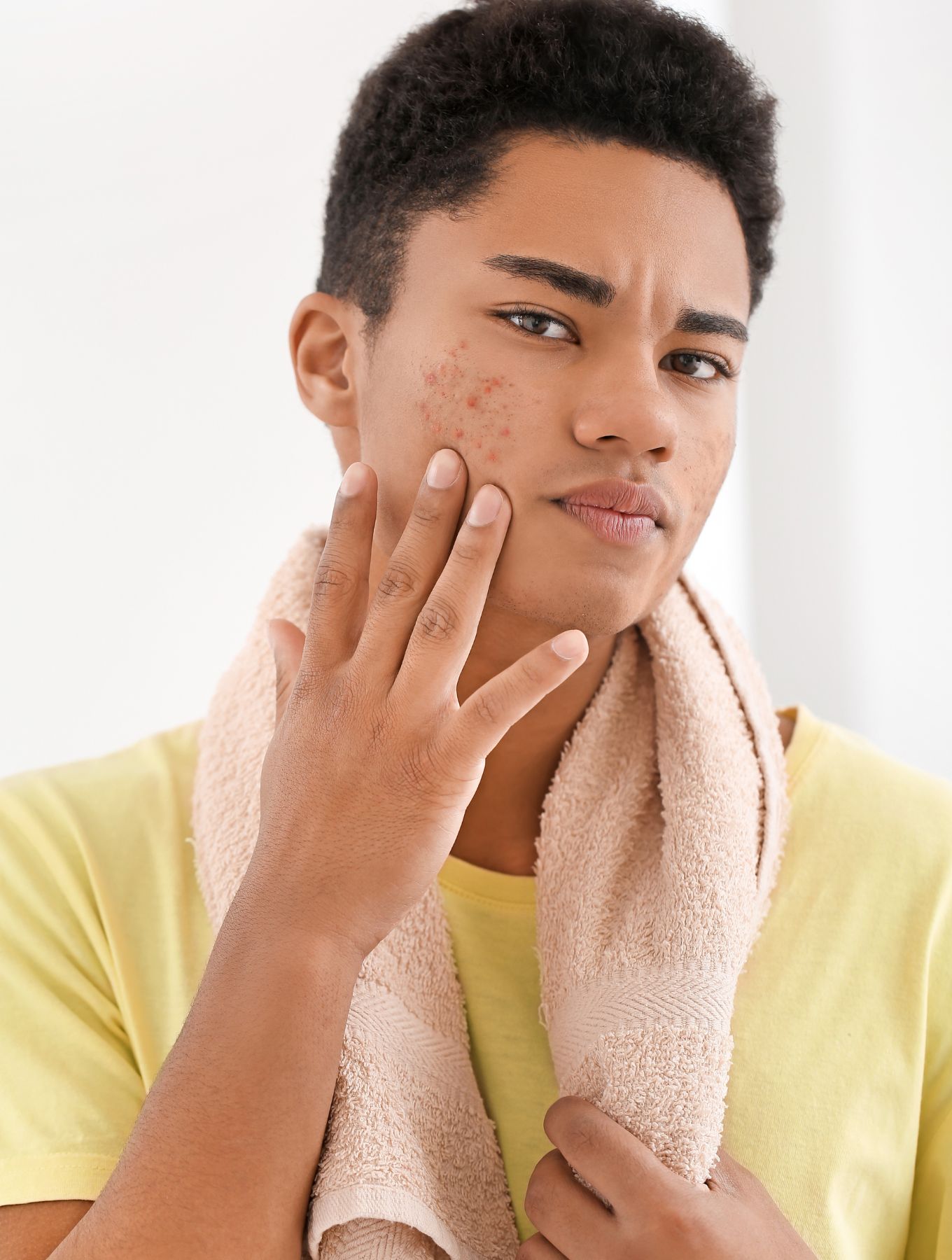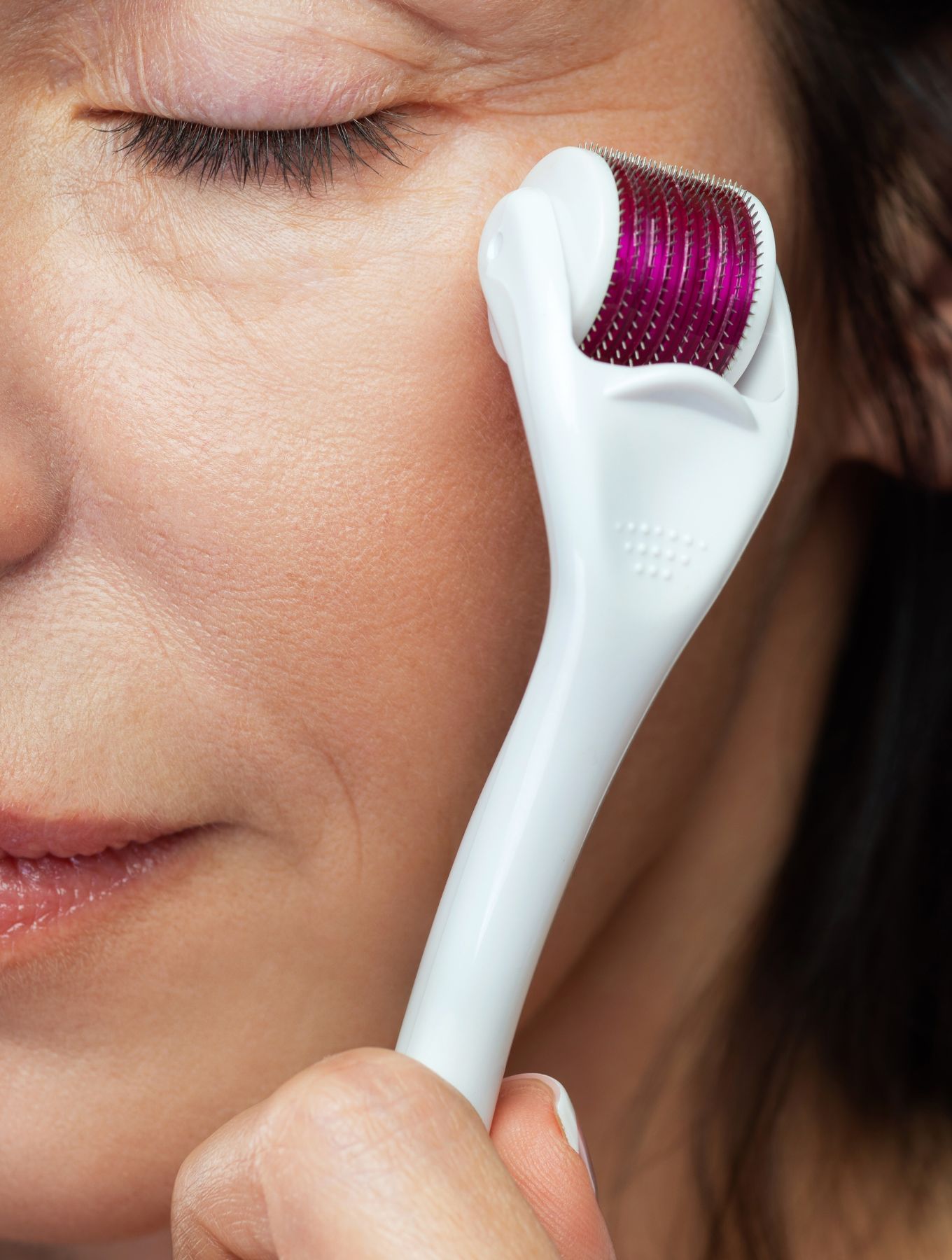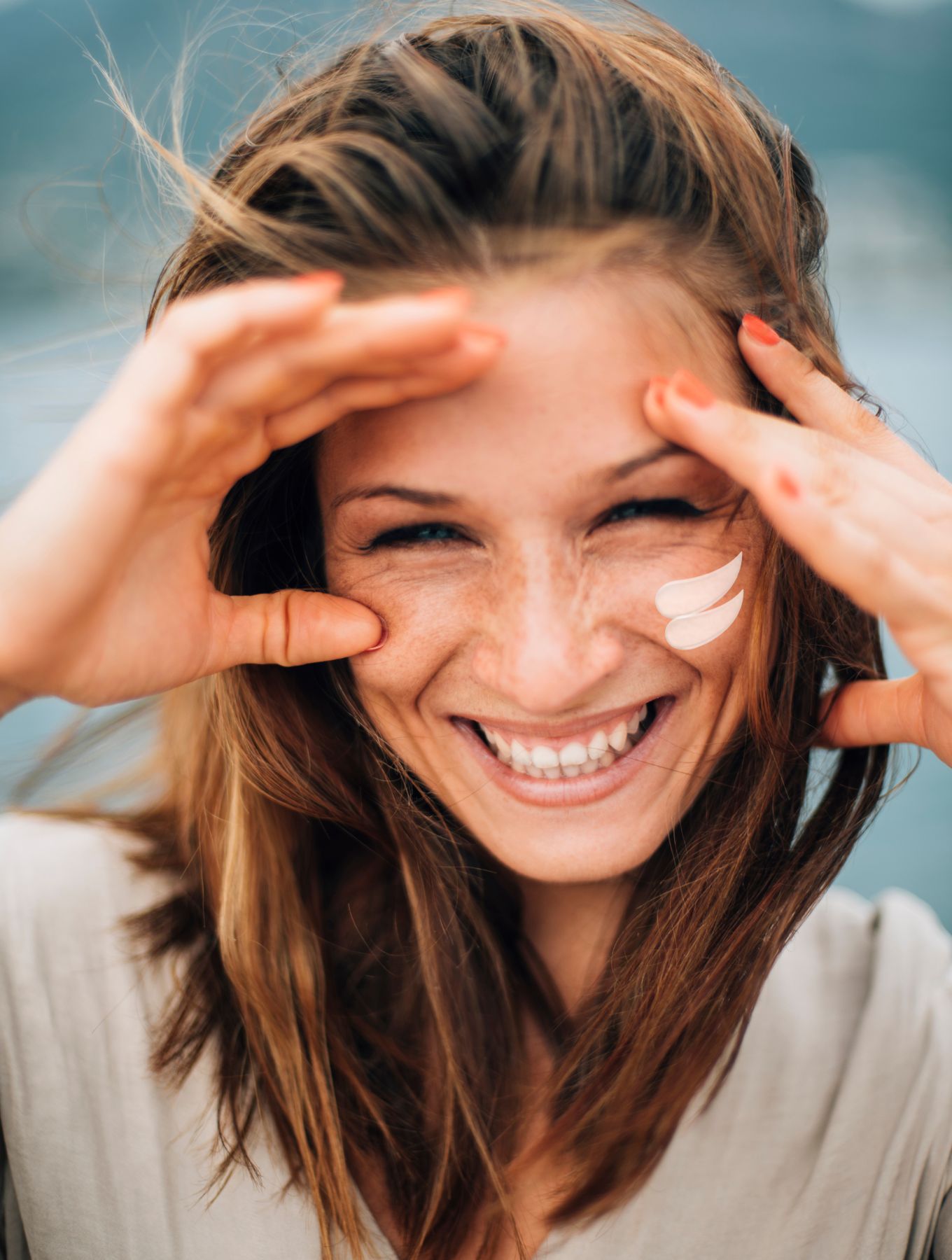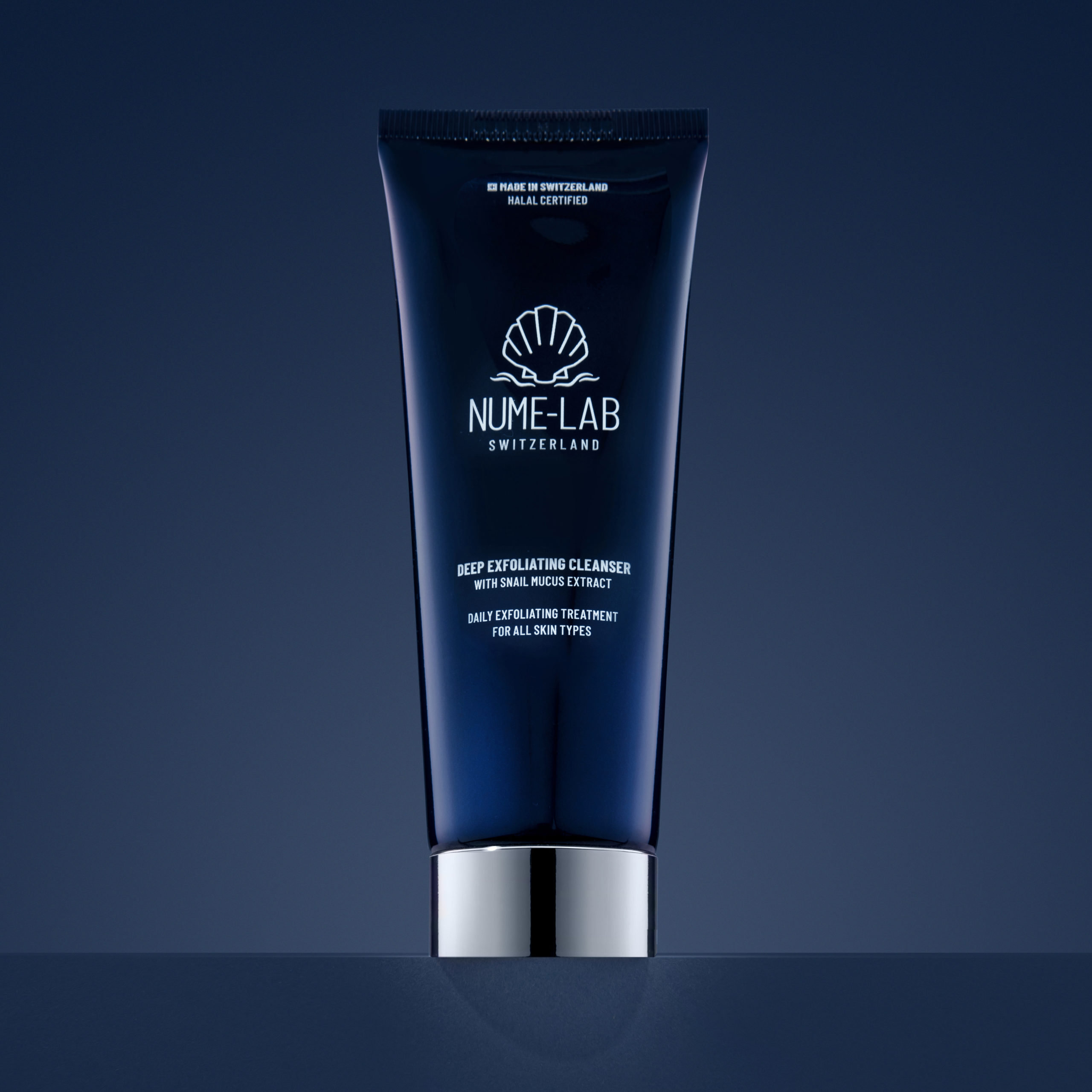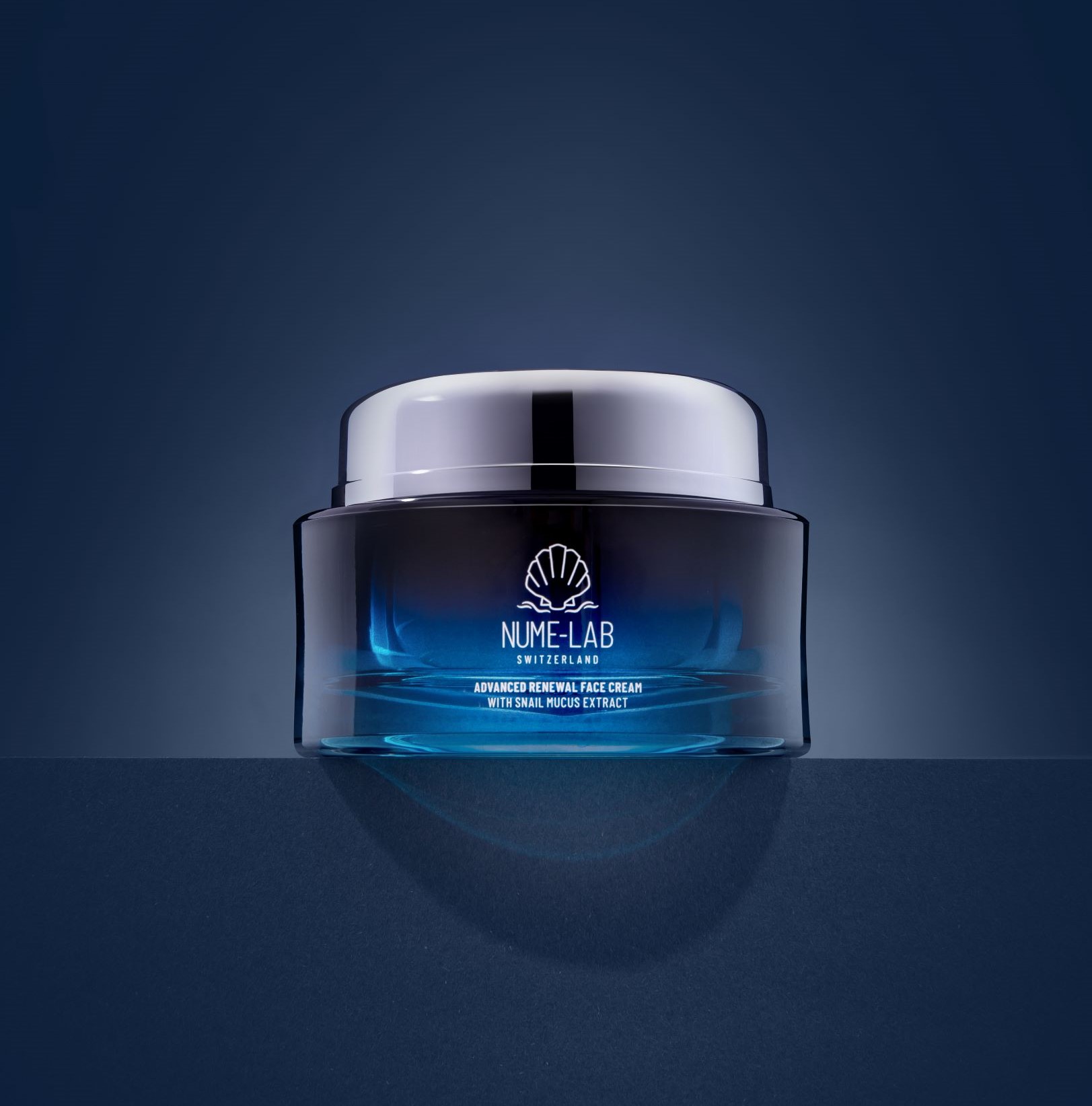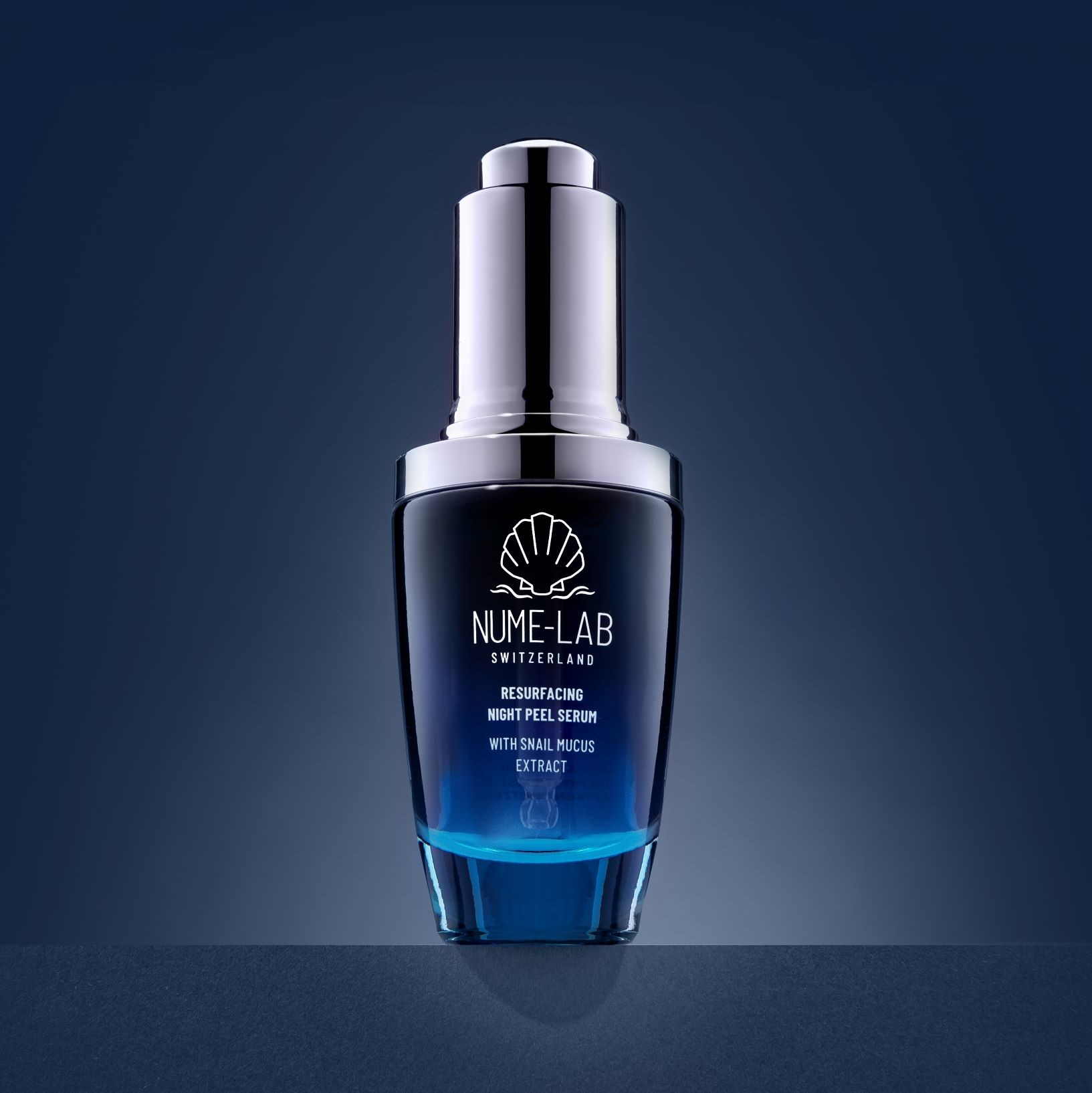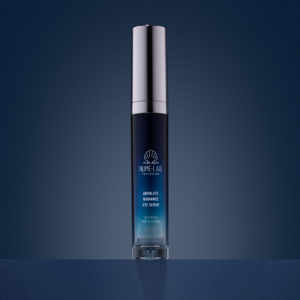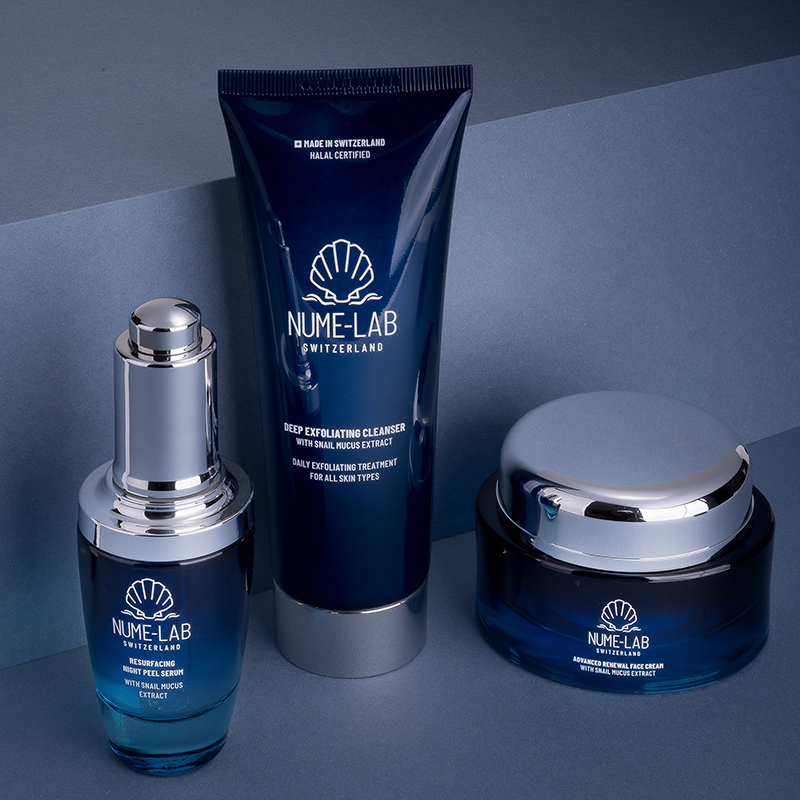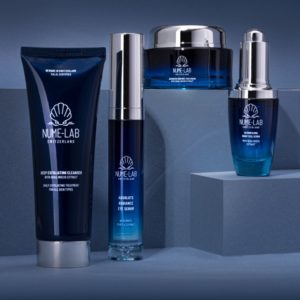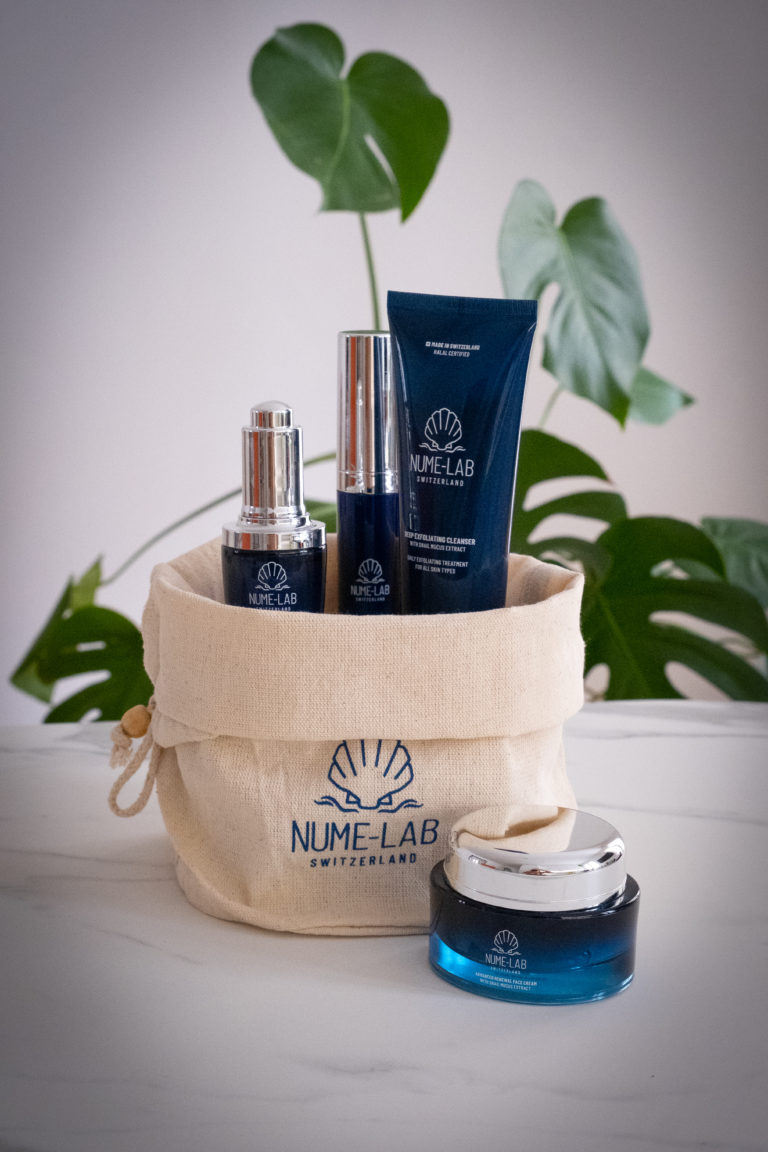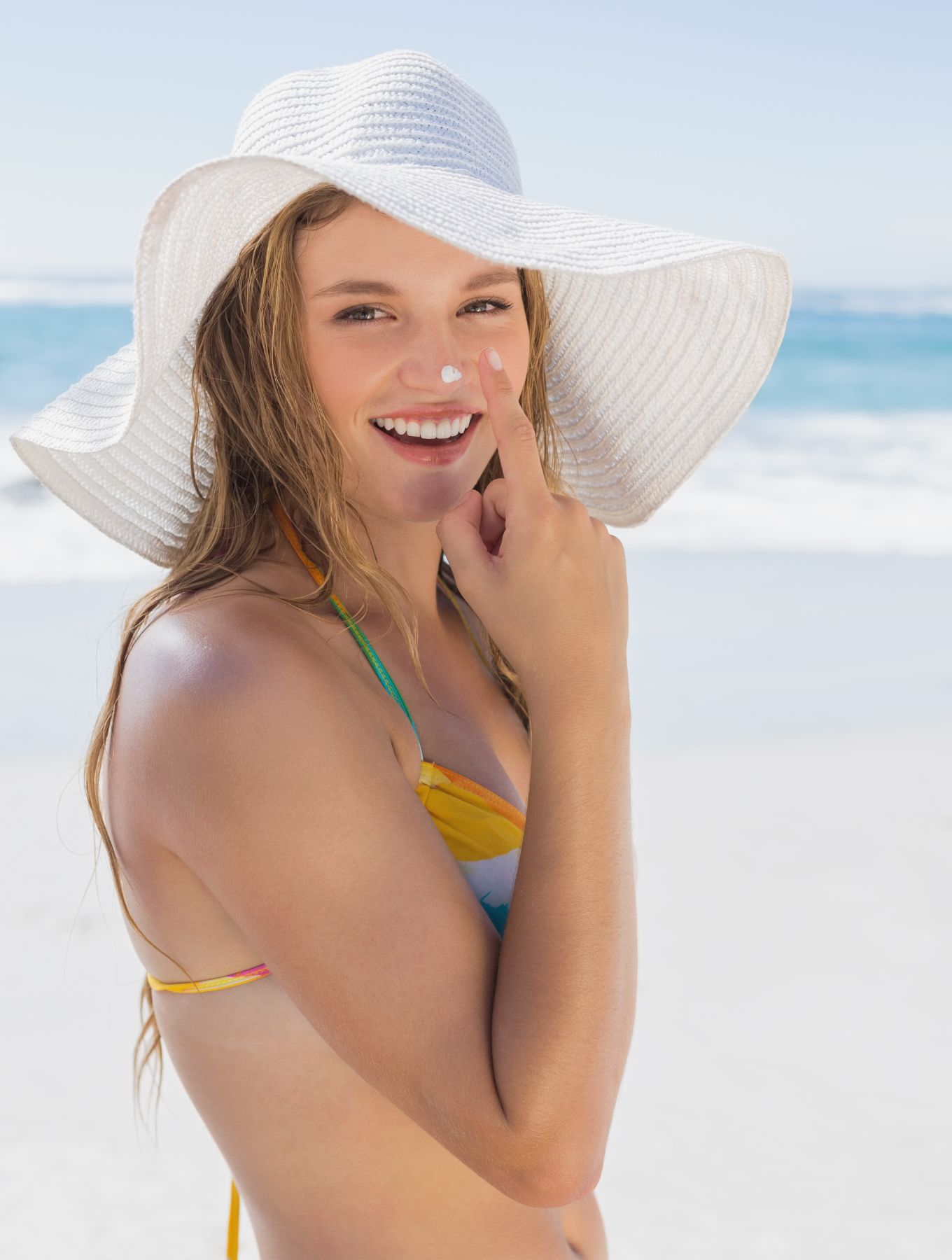
SPF 30 vs. 50: Does a High SPF Protect the Skin Better? by NUME-Lab Switzerland
Did you know that studies show that around 80% of the visible facial signs of skin aging are contributed to UV exposure? Scary, right? That’s why making an informed decision is crucial when choosing the right SPF for your needs.
So, SPF 30 vs. 50 – what’s the difference and which one should we use? Does high SPF offer better protection for your skin?
Table of Contents
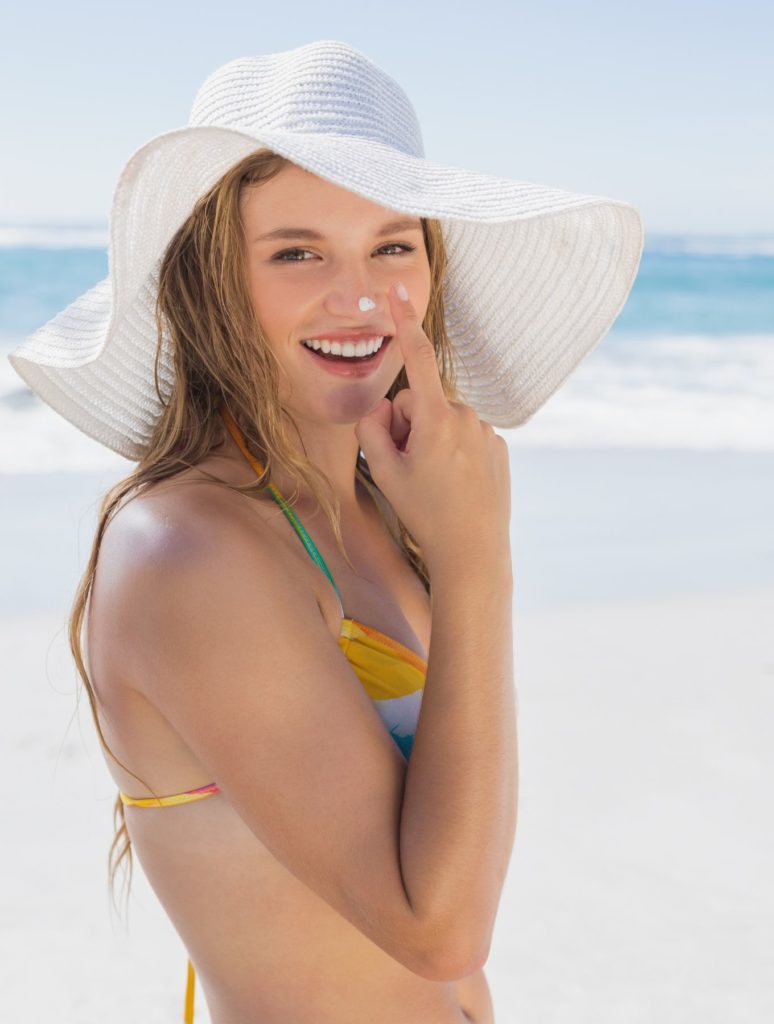
What Does SPF Mean?
SPF stands for Sun Protection Factor – a measure of how well the sunscreen product will protect your skin from UVB rays. Unlike UVA rays, UVB rays cause skin burns, damage, and more serious conditions like melanomas or skin cancers.
That’s why the SPF measurement is typically for UVB rays only. To ensure protection from UVA rays as well (those are responsible for premature skin aging), you need to ensure that your sunscreen is labeled “broad spectrum protection (UBV+UVA)”.
Contrary to popular belief, the SPF number simply signifies the level of protection, and not necessarily the duration of sun exposure.
For instance, if your skin normally burns in the sun after 10 minutes, applying SPF 30 sunscreen would protect you for 30 times the same amount, which is 300 minutes. Applying SPF 50 would protect your skin for 500 minutes. But, as we said above, this is a rough estimate and will depend on the skin type, strength of UV rays, etc.
Differences Between SPF 30 and SPF 50
Let’s see the factual differences between SPF 30 and SPF 50:
- UVB Protection: SPF 30 blocks around 96.7% of UVB rays, while SPF 50 blocks 98%;
- UVB Penetration: SPF 30 allows 1/30th (around 3.33%) of UVB rays to reach your skin, while SPF 50 allows only 1/50th (around 2%) of UVB rays to penetrate the skin;
- Duration of Exposure: With SPF 30, it will take around 30 times longer for your skin to burn (compared to how much time your skin normally needs to burn without any product), while with SPF 50, it will take 50x longer;
- Application Frequency: Regardless of the SPF level, it’s important to reapply sunscreen every two hours or more frequently if you are sweating or swimming, as the protective effectiveness diminishes over time;
Tips on Using SPF for Skin Protection
Choosing good SPF is essential for effective sun protection. Here are some tips to consider:
Look for broad-spectrum protection
Opt for sunscreens labeled as “broad spectrum” as they offer protection against both UVA and UVB rays. UVA rays contribute to aging skin and an increased risk of skin cancer, so it’s crucial to have protection against them.
2
Choose a minimum SPF of 30
SPF 30 or higher is generally recommended by dermatologists. Higher SPF numbers provide slightly better sunburn protection, but the difference between SPF 30 and 50 is relatively small.
3
Consider your skin type
Different sunscreens cater to various skin types. If you have sensitive skin or are prone to allergies, look for sunscreens labeled as hypoallergenic or formulated for sensitive skin. For oily or acne-prone skin, opt for oil-free or non-comedogenic formulations.
4
Reapply sunscreen regularly
It’s generally recommended that you reapply your sunscreen every 120 minutes (two hours). However, if you’re doing sports, sweating, or swimming, it’s recommended that you reapply it as soon as your skin is dry again.
5
Apply a generous amount
It’s recommended that you use about an ounce of sunscreen on your body (which is the equivalent of one shot glass or several spoons). For your face, experts recommend 0.4 ounces (⅓ of a teaspoon, about the size of a nickel).
6
Water-resistant formula
If you’ll be swimming, sweating, or engaging in activities that cause perspiration, choose a water-resistant sunscreen. Water-resistant sunscreens adhere to the skin better in wet conditions and provide more extended protection, but they still require reapplication after a certain duration.
7
Check for additional features
Some sunscreens offer additional benefits such as moisturization, antioxidants, or specific ingredients like zinc oxide or titanium dioxide, which are known to be gentle on the skin. Consider these factors based on your personal preferences and needs.
8
Examine the expiration date
Sunscreens have an expiration date printed on the packaging. Check this date and avoid using expired products, as the effectiveness of the active ingredients may diminish over time.
FINAL VERDICT: Should I Buy SPF 30 or 50?
While a higher SPF may provide slightly better protection, the difference between SPF 30 and SPF 50 is relatively small. The most important factor is to choose a broad-spectrum sunscreen and apply it generously, reapplying it regularly to ensure adequate protection against the sun’s harmful rays.
Often, people get a false sense of protection by using SPF 50. Thinking that they’re protected, they expose their skin longer to UV rays and reapply their sunscreen less often. This is definitely a mistake, and it’s exactly why we say that regular reapplication is more important than the SPF you choose.
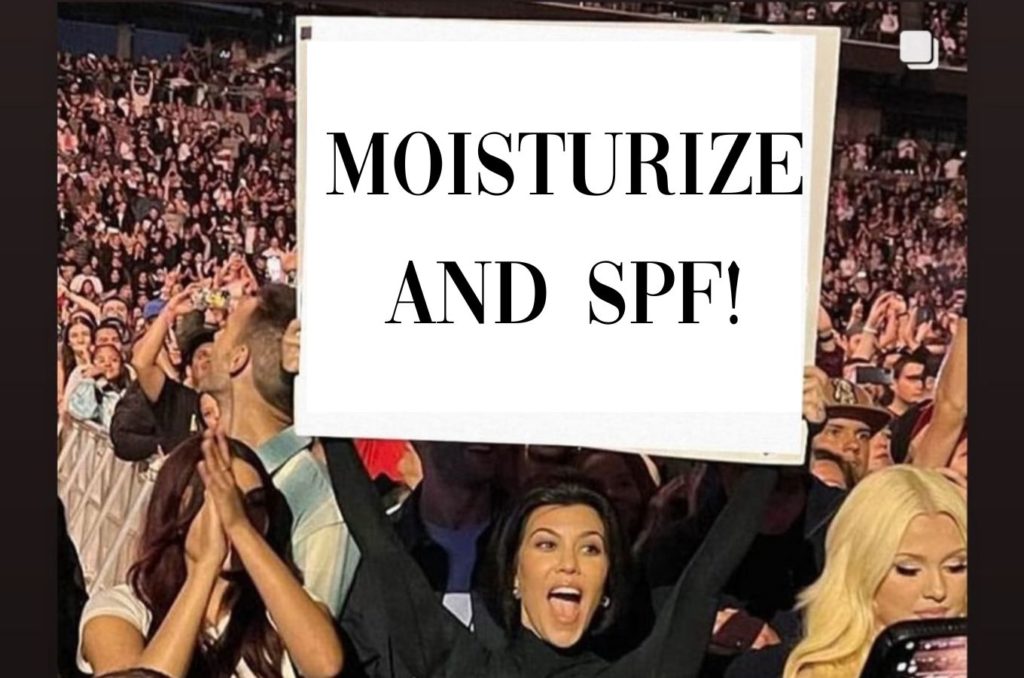

Check out the rich Moisturizer: Advanced Renewal Face Cream
Guided by our passion to formulate best skincare that fits literally everyone, we’ve created backed by one of the best Swiss Skincare Lab and through Biotech our Advanced Renewal Face Cream with Snail Mucin Extract – an all-in-one solution for aging skin, targeting:
- dull skin and uneven texture
- dark spots, sun spots
- skin irritation
- adult acne
- fine lines and wrinkles
- dry skin
Cleanical (clean and clinically tested) skincare rich cream backed by Swiss Skincare Biotech.



